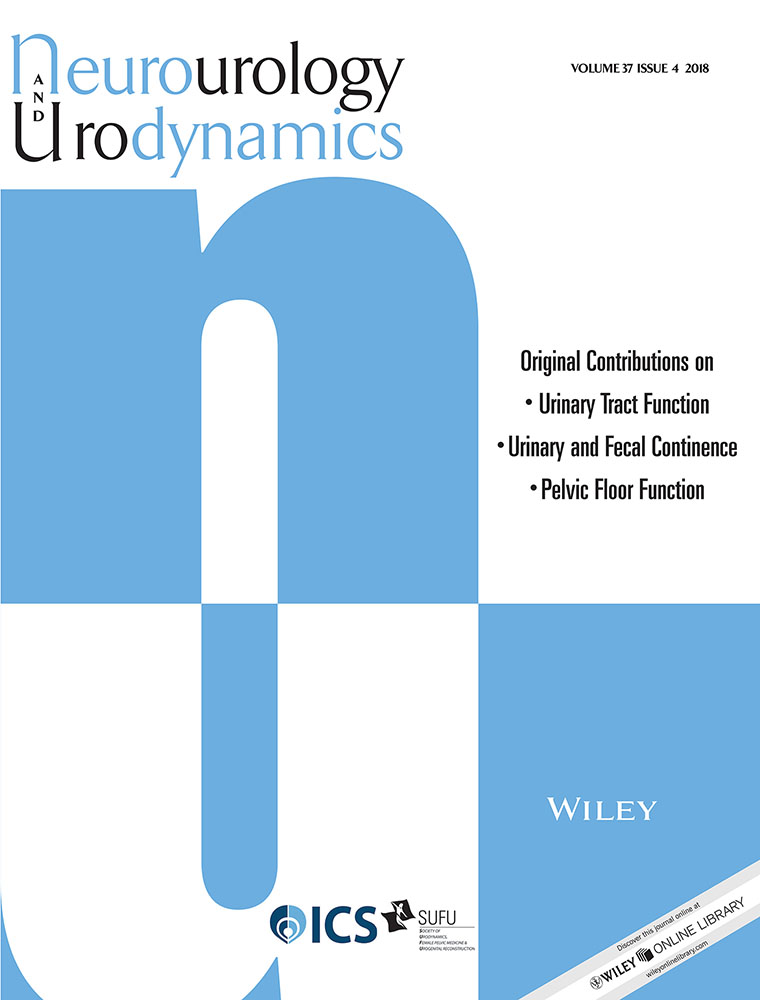The economic burden of overactive bladder in the United States: A systematic literature review
Abstract
Aims
Overactive bladder (OAB) affects up to 17% of the United States (US) population. This study aimed to synthesize estimates of direct and indirect costs of OAB in the US and compare costs among those with and without OAB.
Methods
A systematic review was performed using MEDLINE/PubMed and Embase, from 2003 to 2016, following PRISMA guidelines. The target population was adults with idiopathic OAB or urge urinary incontinence from the US. Data were extracted on study and patient characteristics, all-cause and OAB-specific direct costs, resource use, and indirect costs. Costs were inflated to a common price year of 2016 USD.
Results
Eighteen studies were included. Mean insurer paid all-cause total direct healthcare costs ranged from 8168 to 15 569 USD, and OAB-specific costs ranged from 656 to 860 USD per-patient annually. Estimates of the incremental costs for OAB patients compared to non-OAB comparators ranged from 43% to 117%. One study estimated total annual indirect costs of OAB at 11 134 USD per-patient.
Conclusions
The range of direct healthcare costs reported for managing patients with OAB varied, but was relatively small given the differing contributing data sources, study designs, and cost definitions. Direct costs were consistently higher among patients with OAB versus non-OAB comparisons, from a 1.4- to >2-fold increase annually. OAB-specific costs made up a small proportion of all-cause costs, highlighting the clinical and economic impact of OAB-related conditions such as falls, urinary tract infection, and depression. Few studies were identified that examined the indirect costs of OAB in the US.




